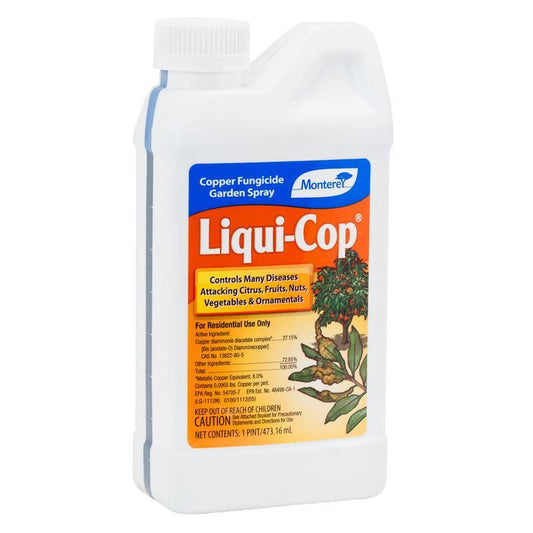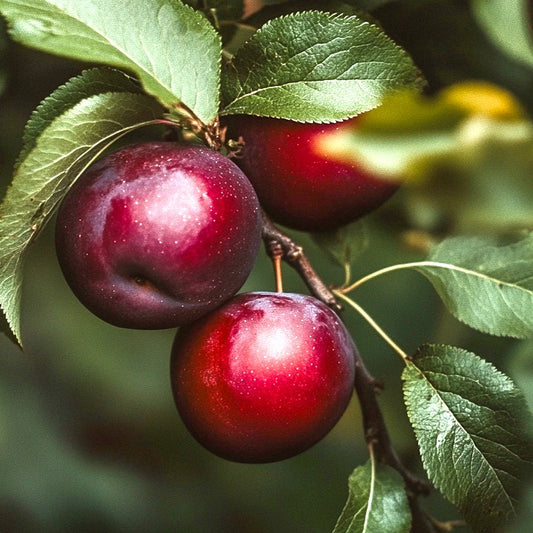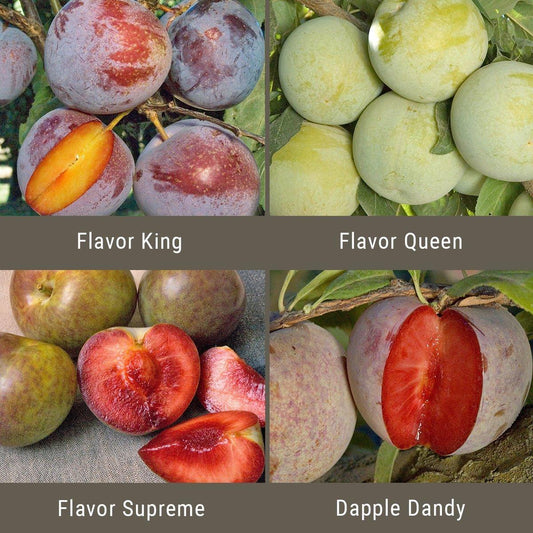Plum Tree Diseases and Pests: Identify, Prevent, and Manage Common Diseases of Plum Trees
Plum trees bring both beauty and bounty to any garden or orchard. Their blossoms brighten spring, and their fruit adds sweetness to summer. Yet even the healthiest trees can struggle with various plum tree diseases and pests.
Knowing how to identify, prevent, and manage these issues is key to maintaining vibrant trees and abundant harvests. This guide explores the diseases of plum trees, effective plum tree diseases treatment, and strategies for keeping pests at bay—all with practical, organic-friendly solutions.

Common Diseases of Plum Trees
Plum trees face several plum diseases that thrive in humid weather or spread through poor sanitation and overcrowding. Early detection and proactive care can prevent serious damage.
Brown Rot
Brown rot is one of the most common and destructive fungal diseases affecting plum trees. Caused by Monilinia fructicola, it attacks blossoms, fruit, and twigs during the growing season. Infected flowers turn brown and shrivel, while fruit develops light brown or dark brown spots that expand quickly and may produce a grayish mold that produces spores.
How to treat plum tree disease:
- Prune your tree regularly to improve airflow and reduce humidity around the fruit.
- Remove infections by cutting out diseased twigs and fruit mummies.
- Apply an organic fungicide such as sulfur or copper during bloom and after rainfall.
- Thin fruit clusters to reduce fungal spread.
Learn more about proper care in Pruning and Maintenance of Plum Trees: A Comprehensive Guide.
Leaf Curl
Plum tree leaf curl, caused by the fungus Taphrina deformans, distorts young leaves, turning them thick, wavy, and discolored. Affected leaves may appear reddish, yellow, or light brown before falling prematurely. Leaf curl weakens trees, making them vulnerable to other problems.
Treatment and prevention:
Apply a dormant spray of lime sulfur or copper-based fungicide in late fall or early winter before buds swell. Always clean up and dispose of infected leaves to stop the fungus from overwintering.

Black Knot
The most recognizable plum tree disease, black knot, results from infection by the fungus Apiosporina morbosa. It forms hard, black, swollen galls on twigs and branches that can eventually girdle and kill them. These knots also produce spores that spread during spring rains.
Plum tree diseases treatment:
- Prune affected areas at least 6–8 inches below the knot.
- Disinfect pruning tools between cuts to avoid spreading spores.
- Burn or dispose of infected wood instead of composting.
- Maintain open canopies to increase airflow and reduce moisture.
Plum Pox Virus (Sharka Disease)
Plum pox virus is among the most severe plum diseases, distorting fruit and leaves with yellow rings or mottling. Infected trees may yield small, tasteless fruit. Because there is no cure, early removal is crucial.
Prevention tips:
- Purchase certified, disease-free nursery stock.
- Regularly inspect trees and remove infections immediately.
- Manage aphids—common carriers of this virus—with organic insecticidal soap or neem oil.
Coryneum Blight (Shot Hole Disease)
This disease, also called shot hole, leaves small, round holes in leaves as infected tissue drops out. It thrives in humid weather, spreading via rain splash. Infected fruit shows brown spots, sometimes oozing gum.
Treatment:
- Avoid overhead watering.
- Apply dormant copper sprays.
- Remove and destroy infected leaves and fruit promptly.

Plum Pockets
A lesser-known but significant fungal disease, plum pockets cause fruit to swell, become hollow, and fail to develop seeds. The distorted fruit may later turn brown and drop prematurely. Cool, wet conditions favor its spread.
Control:
- Prune to improve sunlight and airflow.
- Apply lime sulfur spray during dormancy.
- Practice strict removing and destroying of infected fruit.
Common Pests of Plum Trees
Beyond plum tree problems caused by disease, several insects can also harm your trees. Regular inspection and integrated pest management help keep populations in check.
Aphids
These sap-sucking pests cause leaves to curl and drip with sticky honeydew, which invites sooty mold. Encourage natural predators like ladybugs, or spray neem oil for quick control.
Plum Curculio
This small weevil lays eggs inside developing fruit, causing premature fruit drop and crescent-shaped scars.
Removing and destroying fallen fruit prevents the pest from reproducing. Kaolin clay and early-morning shaking of branches can deter or dislodge adults.
Scale Insects
Appearing as tiny, immobile bumps on stems, scale insects weaken trees by feeding on sap. Apply horticultural oil during the dormant season to smother overwintering pests.

Spider Mites
These microscopic arachnids thrive in hot, dry weather, leaving stippled, bronzed foliage. Regularly hose off leaves and apply neem oil or insecticidal soap to suppress them.
Japanese Beetles
These shiny, metallic pests eat the leaves and fruit of plum trees, leaving skeletonized foliage. Handpick beetles early in the morning or use row covers during peak activity. Trap crops like geraniums can divert them from your orchard.
Integrated Management for Healthy Plum Trees
Healthy trees are naturally more resilient. Combine preventive measures, organic sprays, and good cultural habits to protect your orchard year-round.
- Monitor regularly: Check trees for plum tree diseases or pests each week.
- Maintain tree health: Follow proper watering, pruning, and fertilization.
- Sanitation: Keep the ground clean of fallen fruit and debris.
- Encourage beneficial insects: Plant pollinator-friendly flowers nearby.
- Choose resistant varieties: Explore plum tree varieties like ‘Methley’ or ‘Shiro’ that resist common problems.
For detailed growing instructions, see Planting and Growing Plum Trees: A Complete Guide and Plum Tree Propagation: A Guide to Growing and Grafting.
Final Thoughts
Growing plums successfully means staying ahead of potential plum tree problems. By learning how to treat plum tree disease, pruning wisely, and maintaining good orchard hygiene, you can enjoy strong, fruit-bearing trees year after year. For more expert tips, explore:
- Plum Tree Problems and Solutions: Identifying and Addressing Common Issues
- Harvesting and Using Plums: A Complete Guide
- Shop our Collection of Plum Trees
With a little vigilance and care, your plum trees can flourish—offering blossoms in spring, sweet fruit in summer, and satisfaction for years to come.








